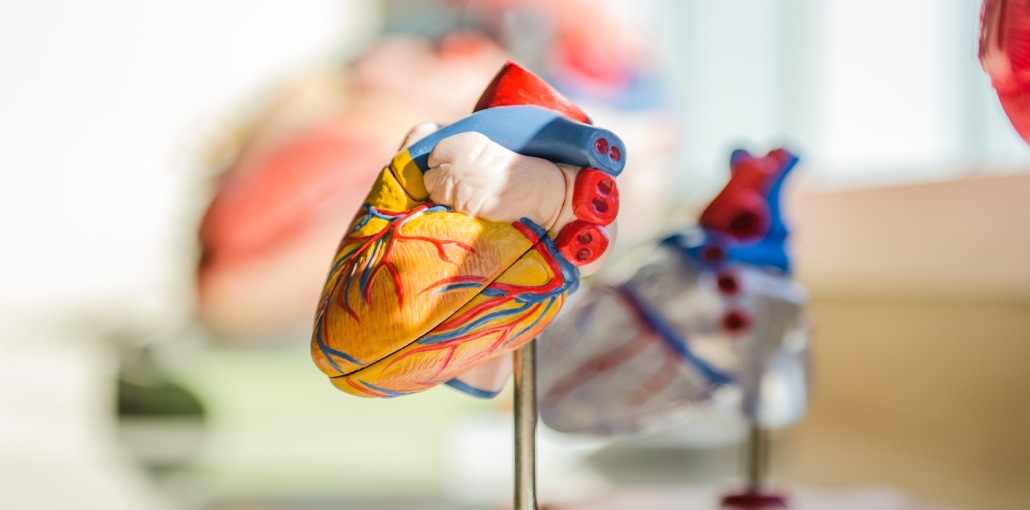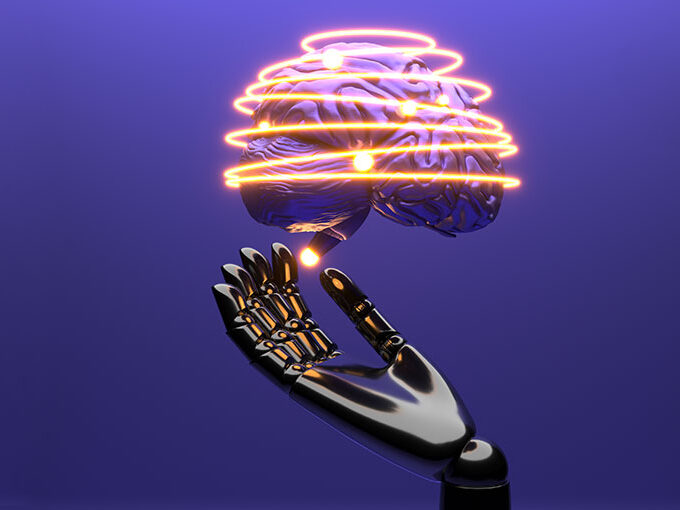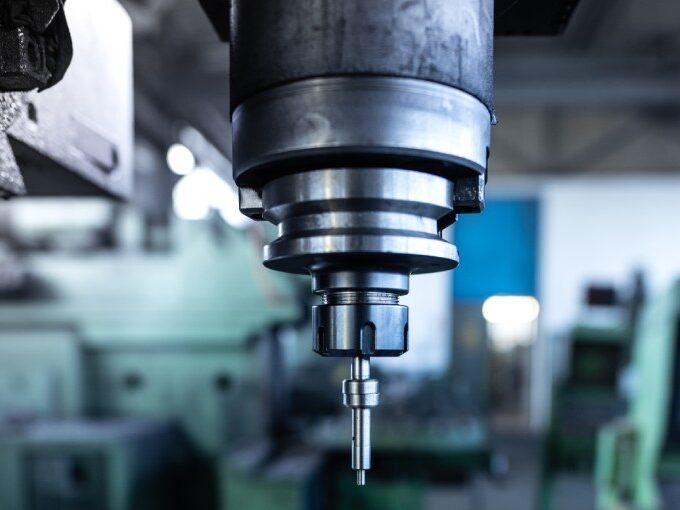Artificial Intelligence (AI) and Machine Learning are transforming industries across the world, and medical imaging is no exception. These technologies offer opportunities to improve the diagnostic process, streamline patient care, and advance research. This article delves into the exciting world of AI and machine learning, exploring their potential impact on the future of medical imaging.
AI and Machine Learning: A Brief Overview
AI refers to the development of computer systems that imitate human intelligence and can perform tasks typically requiring human mental effort. Machine Learning, a subset of AI, focuses on creating algorithms that can learn and adapt based on the input data they process. These technologies are becoming increasingly relevant as data-driven approaches revolutionize fields like healthcare.
Enhancing Imaging Modalities
AI and machine learning can enhance existing imaging modalities to produce higher-quality images faster and with lower radiation exposure. For example, AI algorithms can assist in the reconstruction of CT scans, MRI images, and other imaging modalities, resulting in higher-resolution images and faster imaging times, ultimately improving the patient experience.
One emerging diagnostic tool that benefits from these advancements is the full body MRI scan. By utilizing AI and machine learning capabilities, a full body MRI scan can efficiently detect potential health issues, enabling prompt and appropriate treatment decisions. This modern approach to imaging combines the power of AI with the accuracy of an MRI, resulting in a comprehensive diagnostic assessment for patients.
Streamlining Workflow for Medical Professionals
AI and machine learning can also help streamline the workflow for medical professionals by performing routine tasks, such as image analysis or even report writing. By taking on these tasks, AI has the potential to save healthcare professionals significant time, allowing them to focus on more complex aspects of patient care or allocate more time for each patient, leading to better healthcare outcomes.
Advancements in Diagnostic Accuracy
One of the most promising applications of AI and machine learning in medical imaging is their potential to improve diagnostic accuracy. Algorithms can analyze numerous image datasets, learning to identify patterns and anomalies that could correlate with specific diseases or conditions. This could lead to earlier and more accurate diagnoses, increasing the chances of successful treatment for patients.
Developing a Collaborative Environment
Collaboration between AI researchers, data scientists, and medical professionals is crucial for the successful integration of AI and machine learning into the medical imaging field. By offering complementary expertise, these individuals can develop effective algorithms, bridge gaps between theory and application, and provide valuable feedback on system implementations and improvements. Collaboration also promotes a better understanding of clinical needs and patient experiences, facilitating the development of AI-driven solutions that address pressing healthcare challenges.
Also read: Maximize Output Strategies for Effective Machine Maintenance
Personalizing Patient Care
Personalized medicine is an emerging area of healthcare that tailors treatments to an individual patient’s specific genetic, environmental, and lifestyle factors. AI and machine learning can contribute to this, using patient data to personalize imaging protocols and minimize harm from radiation exposure. By optimizing CT scan parameters or selecting the most appropriate imaging modality, AI can ensure patients receive the best diagnostic assessment for their unique circumstances.
Supporting Research and Development
AI can accelerate research by expediting the early stages of drug discovery and development and analyzing vast amounts of data from medical imaging and clinical trials. Machine learning algorithms can identify patterns and make predictions on new treatments, accelerating the pace of innovation and bringing life-changing therapies to market more quickly.
Challenges and Limitations
There are, however, challenges to fully integrating AI and machine learning into medical imaging practices. Data privacy concerns, potential biases in training data, and the need for significant investments in infrastructure are just a few roadblocks that must be overcome. Clearing these hurdles, however, could lead to unprecedented breakthroughs in the field.
Education and Training
As AI and machine learning play an increasingly prominent role in medical imaging, it is essential for professionals in the field to adapt to these advancements. Institutions must provide educational programs and training opportunities that ensure clinicians and radiologists are well-equipped to navigate the complexities of AI-integrated imaging systems. Developing a workforce that understands the implications of AI and possesses the skills to harness the technology will be critical in utilizing these systems to their fullest potential in patient care.
Legal and Ethical Considerations
Integrating AI and machine learning into medical imaging also involves addressing legal and ethical considerations, such as responsibility and liability in cases of misdiagnosis or system malfunction. Guiding principles and regulations must be established to ensure that the implementation of AI-driven solutions adheres to high standards of safety, efficacy, and transparency. Engaging with relevant stakeholders and fostering an open discourse surrounding the use of AI in medical imaging is critical in navigating this complex landscape.
Conclusion
AI and machine learning hold immense potential to revolutionize medical imaging, from improving diagnosis rates to personalizing patient care. As these technologies continue to evolve, they could reshape healthcare as we know it and empower medical professionals to provide even better care. With ongoing research and investment, the future of medical imaging looks brighter than ever before.










Leave a comment